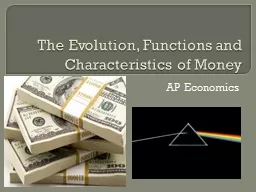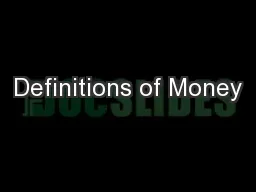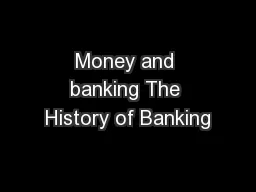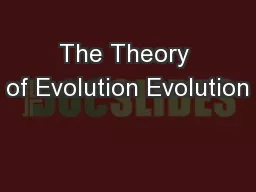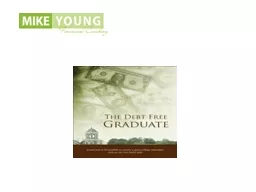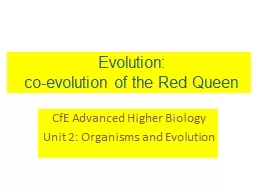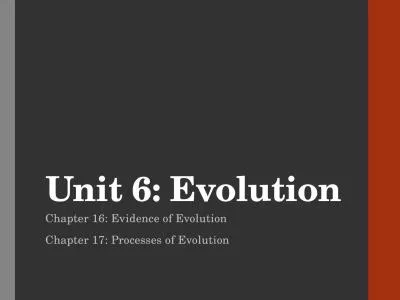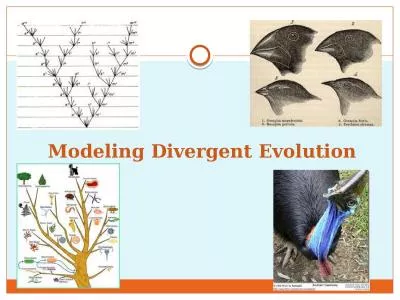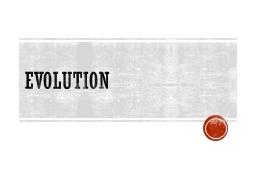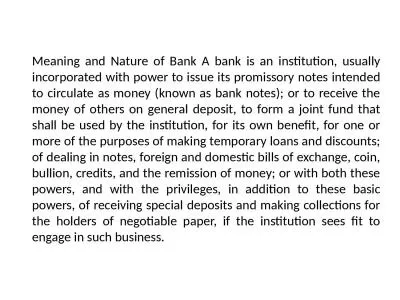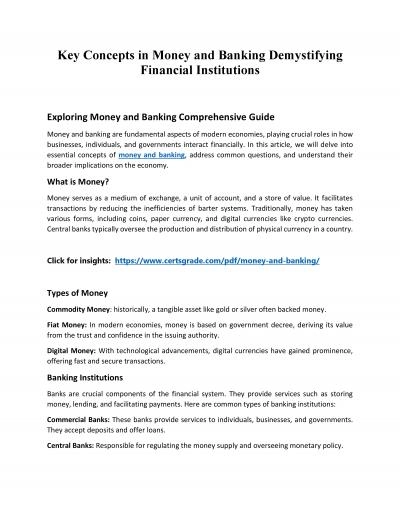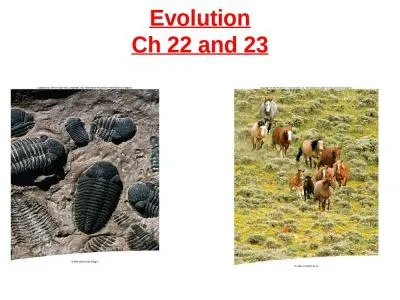PPT-The Evolution, Functions and Characteristics of Money
Author : pasty-toler | Published Date : 2018-09-22
AP Economics The Evolution of Money Barter Economy moneyless economy that relies on trade or barter Problems products some people offer are not always acceptable
Presentation Embed Code
Download Presentation
Download Presentation The PPT/PDF document "The Evolution, Functions and Characteris..." is the property of its rightful owner. Permission is granted to download and print the materials on this website for personal, non-commercial use only, and to display it on your personal computer provided you do not modify the materials and that you retain all copyright notices contained in the materials. By downloading content from our website, you accept the terms of this agreement.
The Evolution, Functions and Characteristics of Money: Transcript
Download Rules Of Document
"The Evolution, Functions and Characteristics of Money"The content belongs to its owner. You may download and print it for personal use, without modification, and keep all copyright notices. By downloading, you agree to these terms.
Related Documents

